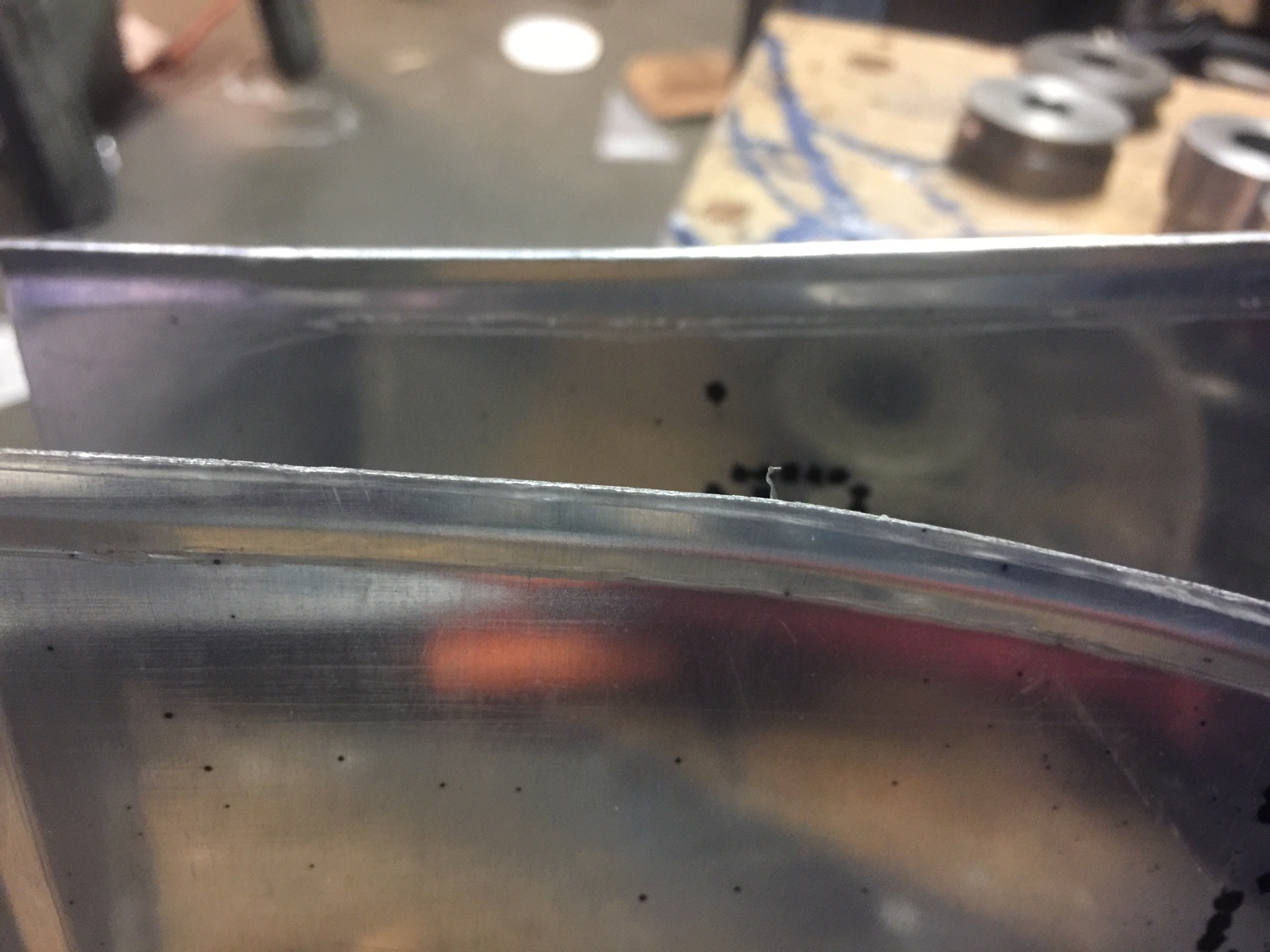fancypants
FOUNDER
IL
This is a nifty tool for cutting 3-1/8" instrument holes. The square block is centered over the desired location in the panel, and a hole is drilled through the middle bushing. An extra-long cleco holds the block in place while the 4 corner instrument holes are drilled. The block is removed, and the fly-cutter drops into place. It leaves a nice clean hole if you keep the cutter sharp. This tool belongs to a friend who is trying to figure out where it came from. He's looking for the 2-1/4" version. Any guess as to who made it? No markings anywhere on the tool.


















